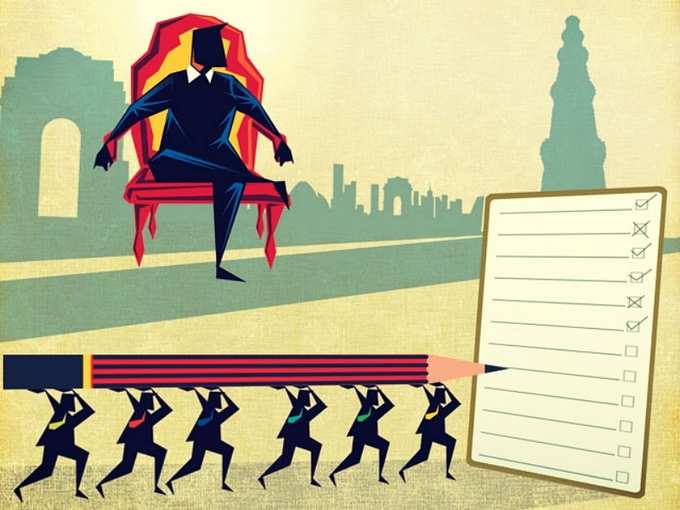
In the world economy, the importance of the
Similarly, the importance of the service sector can also be gauged from the fact that service sector accounted for 19.8% of the world exports in 2013. It has mildly increased from 19.4% in 2001. Also, the sector is important from the point of view of Foreign Direct Investments, which is the largest source of cross-border flows in the world economy.
An analysis of the service sector of various economies brings and interesting point to the forefront. The stage of the economy as also the per capita income levels determines the contribution to the GDP of an economy. High-income countries have the maximum contribution to the GDP by service sectors in their respective economies. India is a notable exception to the above-mentioned rule as it has roughly 58% contribution to the GDP coming from the service sector of the economy. It is exceptionally high and is even more than China, which is at least ten years ahead of India in the per capita income levels.
The Indian service sector has been the growth driver for the Indian economy for the past 20 years. In 2014-15, 72.4% of the growth came from this sector. At a sub-national level too the service sector is the dominant sector. It has more than 40% share in GDP in all the states and Union territories (UT) barring the northeastern states of Sikkim and Arunachal Pradesh. Among the states and UT's Chandigarh and Delhi are UT's with more than 85% share of GDP coming from the service sector alone.
There are a variety of services that come in the service sector ambit. The range of services is truly phenomenal. Service activities are a diverse bunch with services ranging from the very basic services like those offered by a barber to more complex ones like IT and some financial services. Under the NIC 2008 classification system of the economy, services have been classified into the following five broad areas. These include- (a) Trade, hotels, & restaurants, (b) Transport, storage, & communication (c) Financing, insurance, real estate, & business services (d) Community, social, & personal services and (e) Construction.
Their relative share or contributions to the GDP and their respective growth rates over the years show an interesting trend. Financing, insurance, real estate, & business are the biggest contributor in GDP followed by Trade, hotels, & restaurants. Together they account for roughly 40% of the total gross value addition in the service sector. Exceptional growth is presently being witnessed in the trade and repairs sub-segment.
According to economic survey 2014-15, India has shown 'reasonably good performance' in different services like telecom, aviation, tourism, railways, and shipping on various performance parameters. In the telecom sector, India has roughly 91 crore telephone connections. Similarly, aviation services were rendered to 10 crore domestic and international passengers in 2013-14. In the tourism space, India is expected to receive a total of 7.5 million international tourists, which is expected to bring in 19.7 billion USD of foreign exchange earnings. Indian Railways similarly carried 1051 million tonnes of freight traffic in 2013-14. The port traffic of 975 million tonnes 2013-14 shows an increase of 125 million tonnes over the previous year reflecting a deepening shipping sector. The growth in these sub-sectors over the years shows the deepening of the services' sector and the importance it has in the growth and development of the Indian economy.
In the coming years, services will continue to dominate the growth story. Even if the manufacturing sector picks up service sector importance will not diminish. It is because manufacturing has a multiplier effect in the economy with one manufacturing job creating a multiple of service sector jobs. The service sector growth is here to stay.
(The article is co-authored with Sankalp Sharma, Senior Researcher at the Institute for Competitiveness, India. Amit Kapoor is Chair, Institute for Competitiveness & Editor of Thinkers. The views expressed are personal. Amit can be reached at amit.kapoor@competitiveness.in and tweets @kautiliya)
Image credit: Indiatimes
